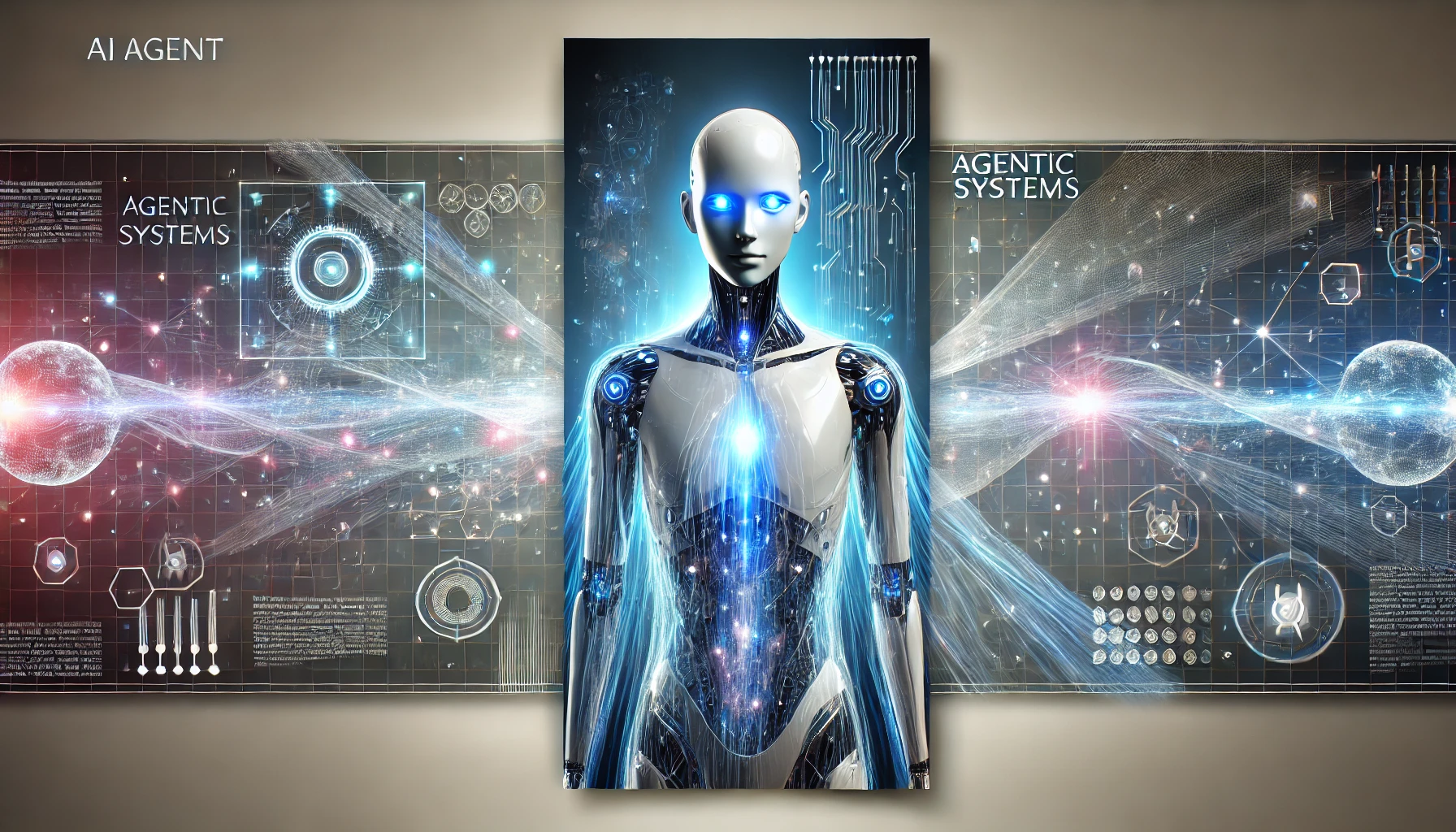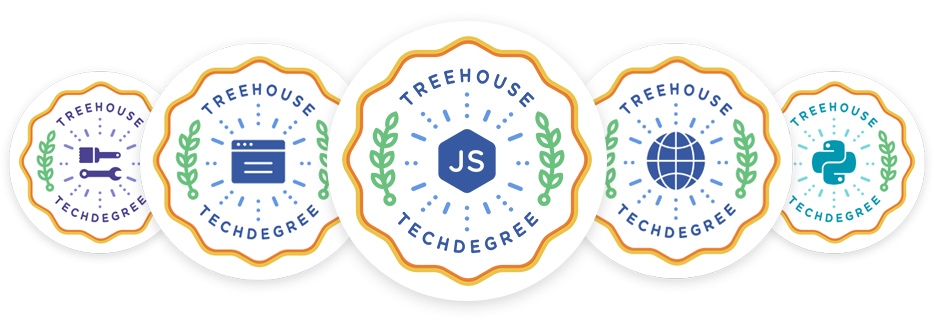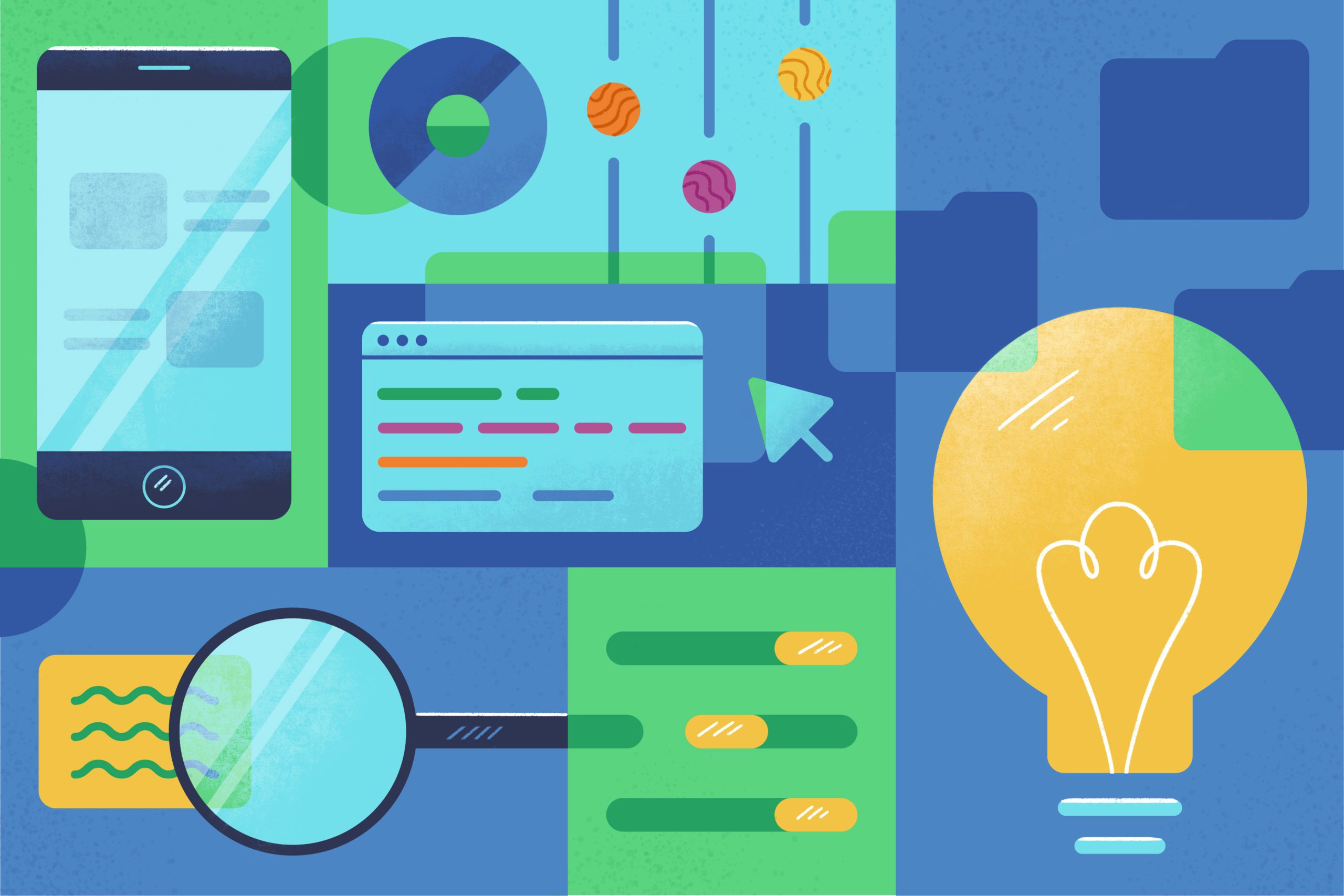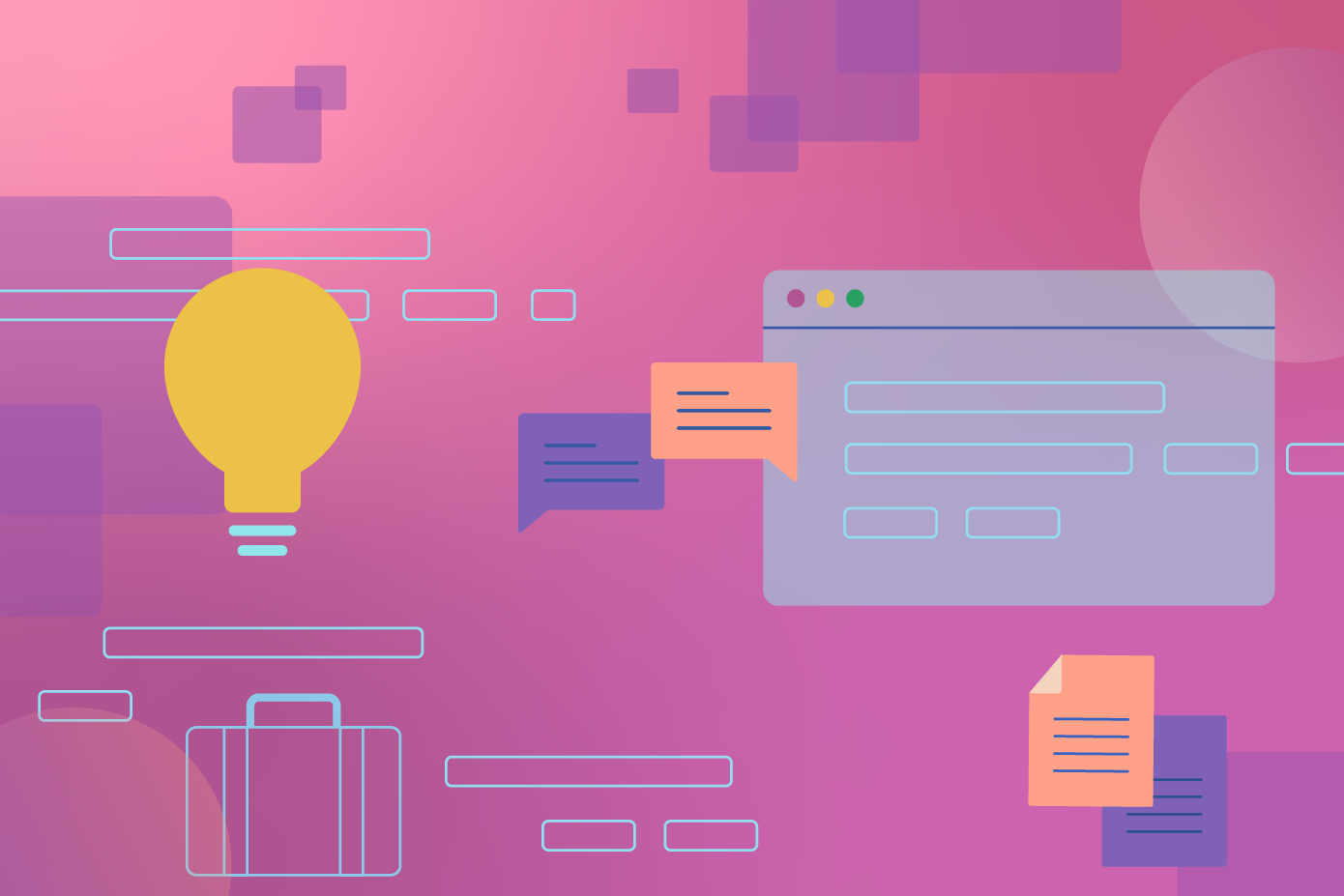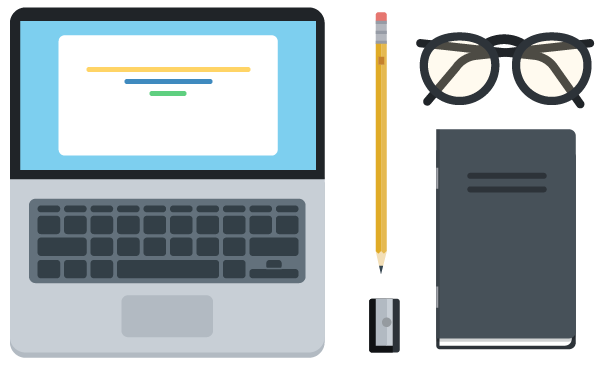Artificial intelligence is moving fast — and one of the newest buzzwords you’ve probably heard is “agentic system.” If you’ve seen people talking about AI agents that can plan, act, and get things done on their own, you’re already hearing about agentic systems in action.
In simple terms, an agentic system is AI that doesn’t just answer questions — it takes initiative.
Instead of waiting for you to tell it exactly what to do, it can set goals, make decisions, and use tools to achieve results.
Think of it as the next step after chatbots: not just an assistant that talks, but a digital teammate that acts. For example, with a prompt like “Plan my week’s meals and order the groceries”, an agentic system could search recipes, build a shopping list, and place the order automatically.
Learn. Build. Launch. Start coding today.
Join Treehouse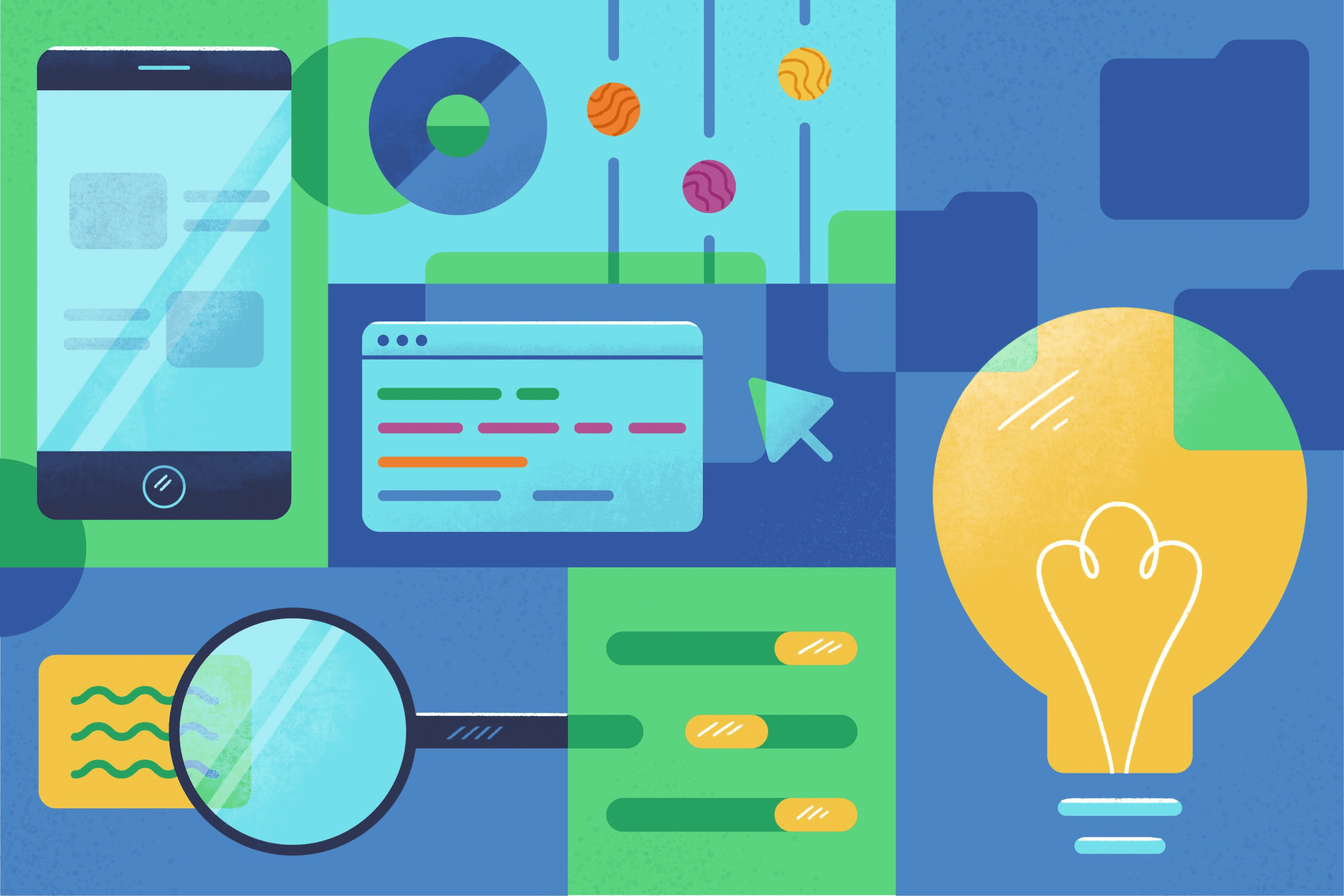
Contents
Autonomous Agents
An autonomous agent is the building block of agentic systems — a single AI that can operate independently.
It can make decisions, use tools, and adapt as things change.
Think of it like a digital assistant that doesn’t just answer your questions but solves your problems.
Example: A virtual travel agent that books your flights, hotel, and sends confirmations — without you lifting a finger.
Multi-Agent Systems (MAS)
A multi-agent system is when multiple AIs work together like a team.
Each agent specializes in something:
- One writes code
- One tests it
- One deploys it online
They collaborate, share data, and coordinate their actions — like departments in a company working on one project.
AI Orchestrators and Agent Frameworks
When you have several agents working together, something has to manage the workflow.
That’s the job of an AI orchestrator or agent framework.
These platforms connect all the moving parts — assigning tasks, passing results between agents, and making sure everything stays on track.
Examples:
- LangChain: connects AI to data and external tools.
- CrewAI: manages multi-agent collaboration.
- AutoGPT: early experiment in self-directed AI task completion.
Tool-Using AI
A tool-using AI is one that can operate software, apps, or data sources — instead of being trapped inside a chat window.
That means it can:
- Search the web
- Run code
- Edit documents or images
- Interact with APIs
This ability to “use tools” is what makes modern AIs feel more capable — they can actually do things.
Cognitive Architecture
A cognitive architecture is like the blueprint for an AI’s mind.
It defines how an agent reasons, plans, and learns from experience.
Examples:
- ReAct (Reason + Act): Think, then do.
- Reflexion: Learn from past mistakes.
- Voyager: Explore and improve continuously.
It’s the invisible logic that makes an agent seem smart, flexible, or curious.
Autonomous Workflows and AI Workers
In business, agentic systems show up as AI workers — digital employees trained to handle specific jobs.
They can:
- Manage social media campaigns
- Write and send marketing emails
- Analyze sales reports
- Support customers
They don’t just advise you — they actually execute tasks.
It’s like having a tireless teammate that’s always online.
How It All Connects
Here’s how these terms fit together:
| Concept | What It Means |
|---|---|
| Agentic System | The overall system — AI that acts toward goals. |
| Autonomous Agent | A single independent AI worker. |
| Multi-Agent System | A group of AIs collaborating. |
| AI Orchestrator / Framework | The manager that coordinates the agents. |
| Tool-Using AI | An agent that uses apps and tools. |
| Cognitive Architecture | The “brain” inside an agent that guides how it thinks. |
| Autonomous Workflow / AI Worker | The real-world job application of all the above. |
Alt-text suggestion for diagram:
Diagram showing “Agentic System” at the top, branching into related terms like Autonomous Agent, Multi-Agent System, and AI Worker.
Why Agentic Systems Matter
Agentic systems mark a turning point in how we’ll work with technology. Instead of typing commands, clicking through menus, or managing every detail yourself, you’ll soon be able to describe what you want—and your AI agents will figure out the rest.
We’re moving from AI as a tool to AI as a collaborator.
Imagine saying “Launch a marketing campaign for my new app,” and then watching as your agent designs the visuals, writes the copy, schedules the posts, and tracks the results—all automatically.
That’s what agentic AI makes possible: smart systems that don’t just think, but act.
Key Takeaway
Agentic systems are the next generation of AI—intelligent programs that can plan, learn, and take action on your goals. They’re transforming AI from something we use into something we work alongside.
Learn How AI Fits into Your Career
Want to understand how AI agents really work—and how to use them in your own projects? Treehouse Techdegrees now include hands-on AI units that teach you how to prompt, build, and deploy smarter, more capable applications.
